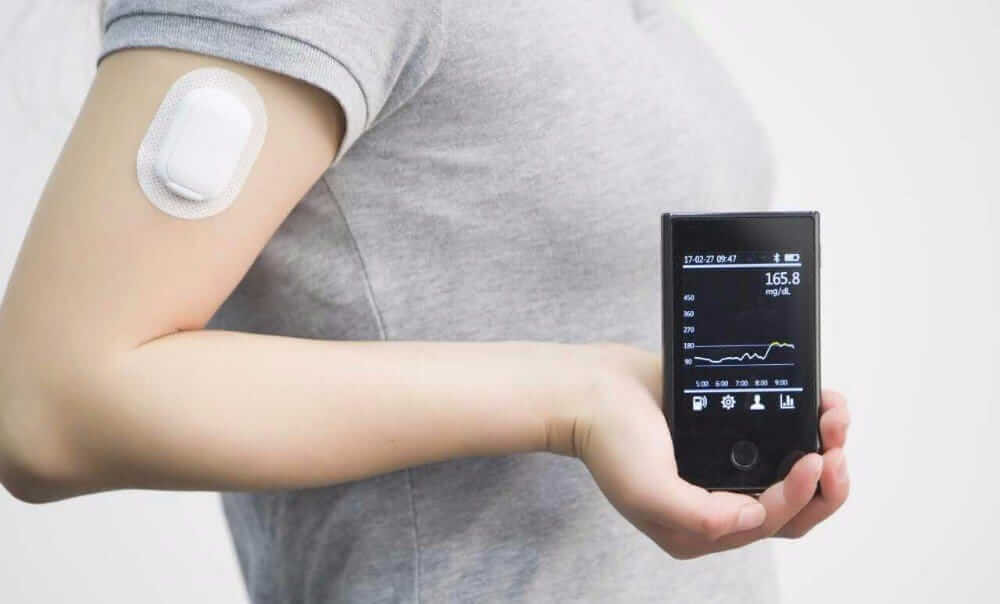The advent of the non-invasive blood glucose sensor marks a significant milestone in diabetes care. Traditional glucose monitoring methods often require patients to prick their fingers multiple times a day, which can be painful and inconvenient. However, with the introduction of non-invasive sensors, monitoring blood sugar levels could become more comfortable and accessible. This breakthrough technology has the potential to transform the way people manage diabetes, improving their quality of life and enhancing overall health outcomes.
The Evolution of Blood Glucose Monitoring
For decades, individuals with diabetes have relied on invasive methods to monitor their blood glucose levels. These methods typically involve using a lancet to draw a small amount of blood from the fingertip, which is then analyzed by a glucometer. While effective, this approach can be painful, inconvenient, and often leads to poor compliance with regular testing.
The development of continuous blood glucose sensors has already provided a more convenient alternative by allowing for real-time glucose monitoring without the need for constant finger pricks. However, even these systems require a small sensor to be inserted under the skin, which can still be uncomfortable for some users.
How Non-Invasive Blood Glucose Sensors Work
Non-invasive blood glucose sensors represent a significant leap forward in technology. These sensors can measure glucose levels without the need to penetrate the skin, making the process entirely pain-free. The most promising non-invasive sensors use various technologies, including infrared light, electromagnetic waves, and ultrasonic waves, to detect glucose levels through the skin.
Infrared-based sensors, for example, work by shining a light on the skin and analyzing the way glucose molecules absorb the light. This absorption pattern is then used to estimate blood glucose levels. Other non-invasive methods might involve measuring the glucose concentration in sweat, saliva, or interstitial fluid, providing accurate readings without discomfort.
More Read About : Reliable, Cost-Effective Continuous Glucose Monitoring
Benefits of Non-Invasive Blood Glucose Sensors
The introduction of non-invasive blood glucose sensors could lead to numerous benefits for people with diabetes:
Improved Compliance
Traditional finger-prick tests sometimes result in low compliance because of their discomfort and pain
Improved Quality of Life
A pain-free monitoring method significantly reduces the burden of managing diabetes, allowing patients to focus more on their daily lives without the constant worry of painful tests.
Early Detection and Intervention
With more frequent and easier testing, patients can detect blood sugar fluctuations earlier and take corrective action before their condition worsens, potentially preventing severe complications.
Cost-Effectiveness
Non-invasive sensors may reduce the need for expensive testing supplies like lancets and test strips. Over time, this could make diabetes management more affordable for patients.
Broader Accessibility
Non-invasive sensors may appeal to a broader audience, including those with prediabetes or individuals interested in monitoring their glucose levels for general health reasons. This broader adoption could lead to more widespread awareness and management of blood sugar levels, ultimately improving public health.
Challenges and Considerations
While the promise of non-invasive blood glucose sensors is exciting, several challenges remain before they become widely available. One of the primary concerns is ensuring the accuracy of these sensors compared to traditional methods. Blood glucose levels can fluctuate rapidly, and any delay or inaccuracy in readings could have serious consequences for patients.
Moreover, the technology behind non-invasive sensors is still in its early stages, and developing a reliable and affordable product that meets regulatory standards will require further research and testing. Additionally, there are concerns about how well these sensors will work across different skin types, ages, and health conditions, which could affect their effectiveness and adoption.
The Future of Non-Invasive Glucose Monitoring
Despite these challenges, the future of non-invasive blood glucose sensors looks promising. Several companies and research institutions are actively working on refining this technology, with some products already undergoing clinical trials. As advancements continue, it is likely that non-invasive sensors will become a standard tool in diabetes care.
In addition to improving the lives of those with diabetes, non-invasive sensors could also have broader applications. For instance, they could be used to monitor glucose levels in athletes, individuals with metabolic disorders, or those at risk of developing diabetes. This expansion of glucose monitoring could lead to new insights into how our bodies respond to different foods, exercise, and stress, ultimately leading to better overall health management.
Conclusion
The development of a non-invasive blood glucose sensor is poised to revolutionize diabetes care. By providing a pain-free, convenient, and accurate way to monitor blood sugar levels, these sensors can improve compliance, quality of life, and health outcomes for individuals with diabetes. While challenges remain in terms of accuracy, accessibility, and regulatory approval, the future of non-invasive glucose monitoring is bright, offering hope for a more manageable and less invasive approach to diabetes care.
The advent of non-invasive blood glucose sensors represents a crucial step forward in the ongoing effort to improve diabetes management and patient well-being. As this technology continues to evolve, it may not only transform diabetes care but also pave the way for broader health applications that benefit everyone.


